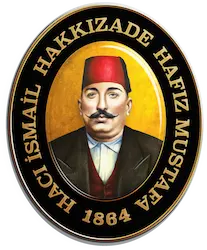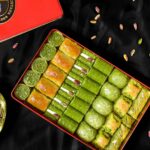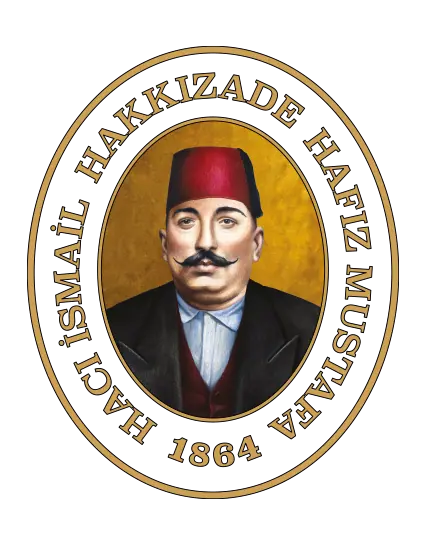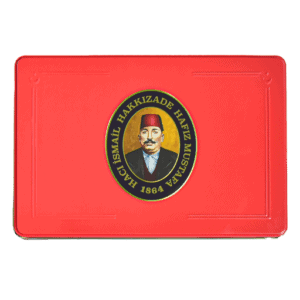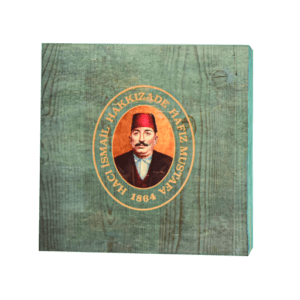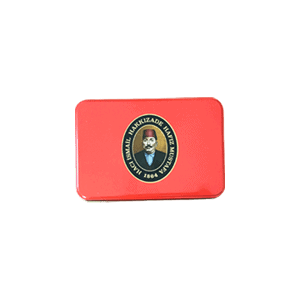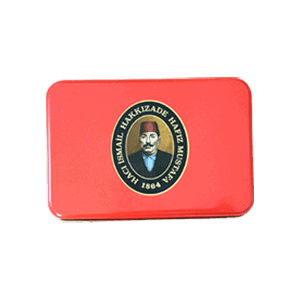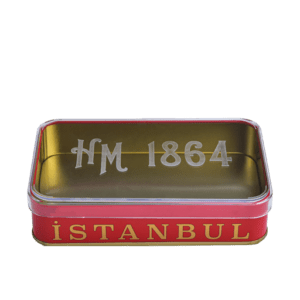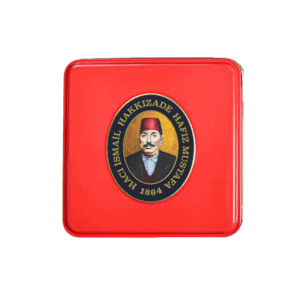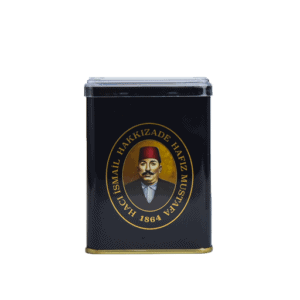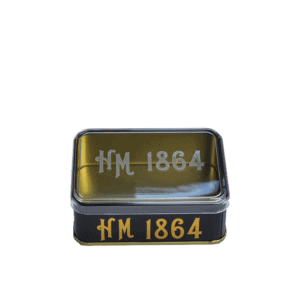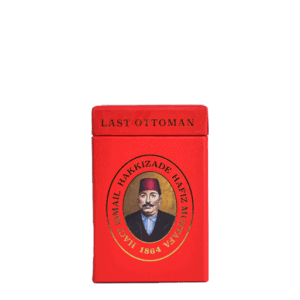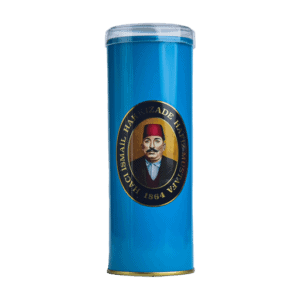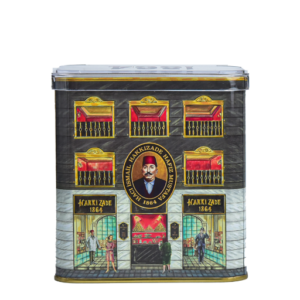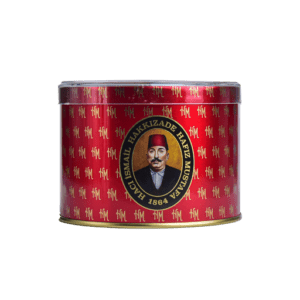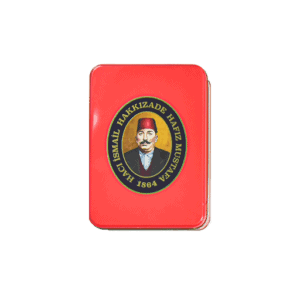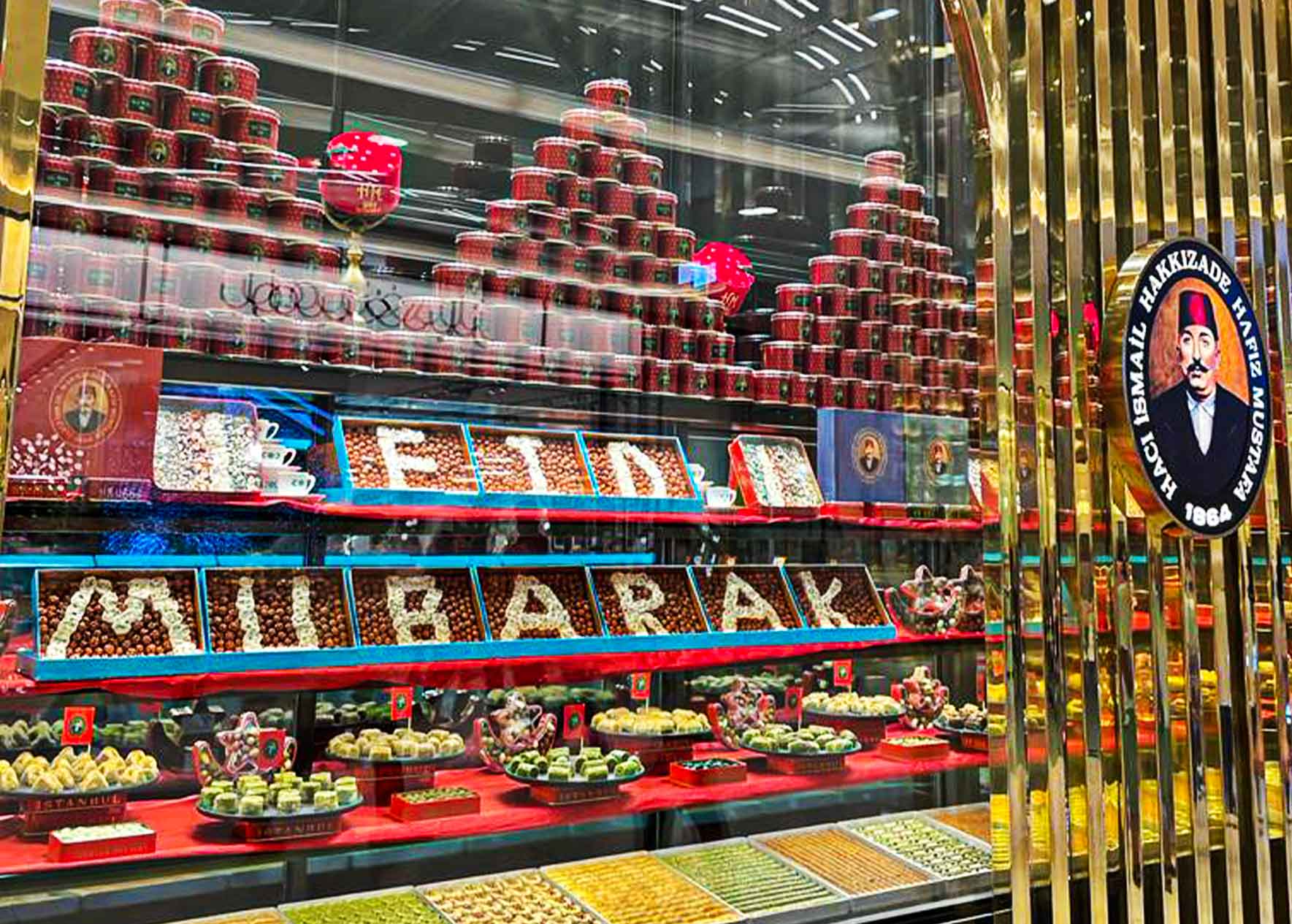
Eid al-Adha: A Celebration of Unity
Eid al-Adha, also known as the Festival of Sacrifice, holds a significant place in Islamic prayers and has evolved into a beautiful tradition of social unity, solidarity, and shared values. Eid al-Adha not only strengthens individuals’ spirituality through sacrifices made to Allah but also fosters a sense of togetherness and compassion by distributing the meat of the sacrificed animals to those in need. As we delve into the rich history of Eid al-Adha, we discover how this festive occasion has played a vital role in unifying societies and cultivating solid spiritual connections.
Historically, holidays have symbolized gatherings, reconciliation, conversations, and celebrations across various beliefs and cultures. In the Seljuk period, historical sources reveal the adornment of palace squares, preparations made by households and state officials, and organizing festivities to commemorate the feast. Following the Eid prayers held in mosques with congregations, sacrifices were performed, and the Seljuk Sultan personally visited the public, distributing the meat to the people while prayers were recited. However, during the Ottoman period, the traditions of Eid al-Adha became more entrenched and matured, leaving a lasting legacy.
Children, affectionately called the “eve flowers,” added an extra sparkle to the festivities. The streets came alive with their laughter and playfulness on the feast day. The name “eve flowers” stemmed from their eagerness to don their festive attire on the eve itself, unable to contain their excitement for the upcoming celebrations. The choice of the mosque for the Eid prayer rested with the Sultan, who would be transported in special coaches prepared exclusively for this grand occasion. The Sultan would offer the first sacrificial victim, while the remaining meat would be distributed among madrasahs, guards, widows, orphans, and other vulnerable members of society. Additionally, officers and civil servants received a salary bonus as a token of holiday cheer.
The joy of Eid-al-Adha permeated every corner of Ottoman society, commencing with the ceremonial ball tossed on the day of Arafa and culminating with the final ball thrown on the afternoon of the last day. Dressed in their finest attire, men embarked on a procession to the Eid prayer, a significant moment of spiritual connection. Returning from prayer, they were greeted with a sumptuous breakfast, a delightful repast to mark the auspicious occasion. The tradition of visiting neighbors and relatives followed, ensuring unity and camaraderie.
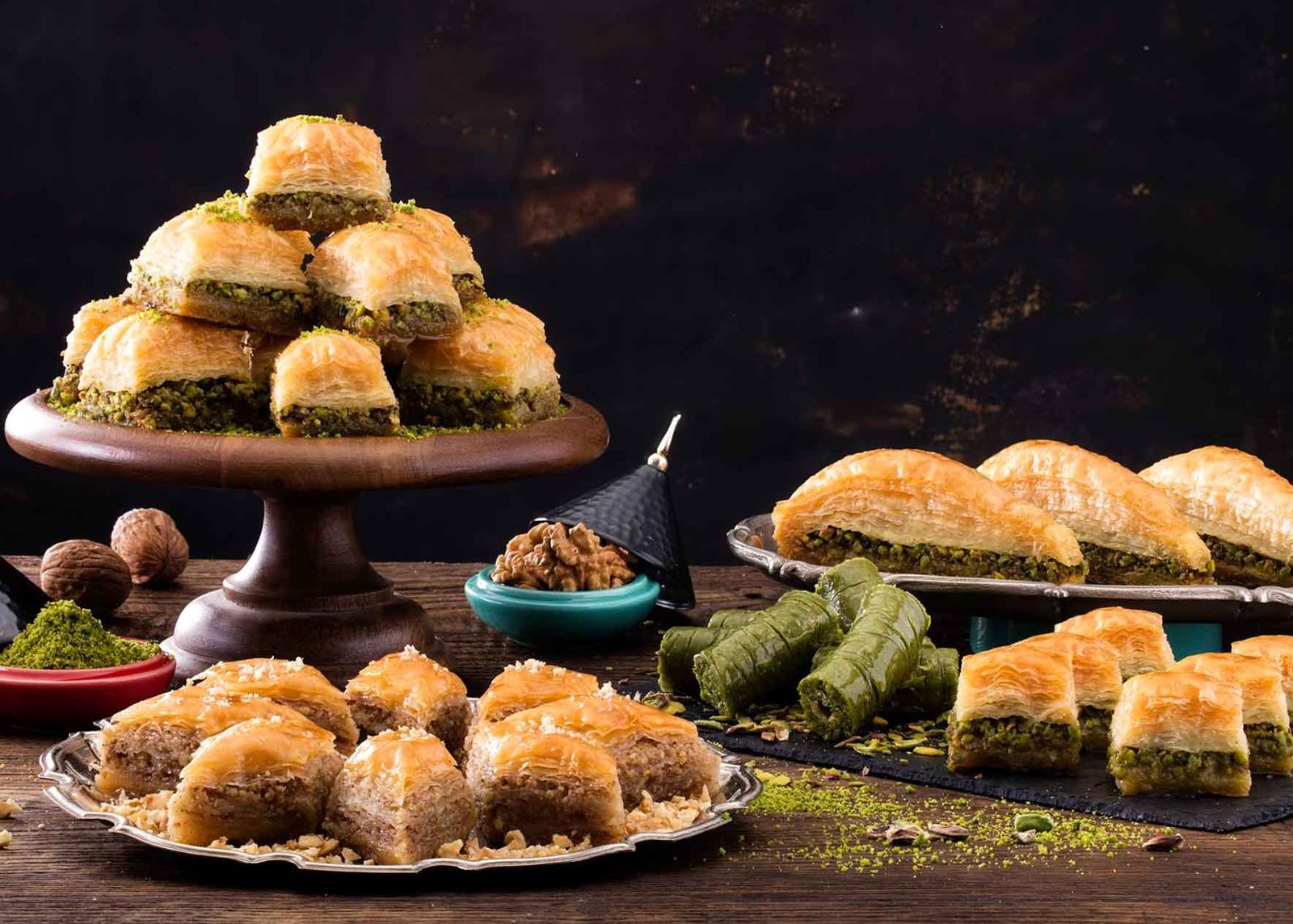
Eid-al-Adha Sweets
HAFIZ MUSTAFA 1864

Eid Unification in the Mosque
HAFIZ MUSTAFA 1864
The Ottoman Empire, renowned for its exquisite aesthetic and presentation of Islamic traditions, distributed leaflets known as admonitions from the Palace to the public during the feast. These declarations reminded the people to prepare for and observe the holiday. Customs like holiday cleaning and shopping, prevalent in mansions, palaces, and houses, originated from the Ottoman era. The arrival of the festival was announced through gunfire on the day of Arafa, followed by the guards’ melodic chants and drumbeats on the night of Arafa. While Eid prayers took precedence during Eid al-Adha, in the later period, the Sultan and state officials performed the prayers at iconic landmarks such as Hagia Sophia or Sultanahmet.
The phrase “Where are those old Eids…” often resurfaces each festive season as a nostalgic cliché. These “old Eids” trace their roots back to the Ottoman era and have persevered throughout the years, upheld and cherished since the Republic’s early years. Families and relatives come together to share the sacrificial meat with guests, continuing the tradition of serving dates and sweets, a practice dating back to the time of the Prophet Muhammad. These ancient holidays held a special place in children’s hearts, who reveled in the joyous atmosphere. While today’s abundance of entertainment and shifting preferences in shopping may have altered the festivities, establishing festival areas in cities during Eid continues to echo the vibrant Eid places of the past.
Turkish confections have become an integral part of the feast, enthralling both young and old with their exquisite flavors and captivating textures. For centuries, Hafiz Mustafa has stood as a guardian of these time-honored traditions, weaving its expertise into every layer, infusing the festivities with an irreplaceable sense of delight and nostalgia. As families gather around their tables, the presence of Baklava, Turkish Delight, and Kadayif serves as a testament to the enduring legacy of Hafiz Mustafa, intertwining the past and present and embracing the cherished customs that have become synonymous with joyous Eid celebrations.
Eid al-Adha is a testament to the enduring spirit of unity, tradition, and celebration. Rooted in a centuries-old legacy, Eid al-Adha brings communities together, reaffirms shared values, and ignites a sense of joy and togetherness. As we commemorate Eid al-Adha, let us reflect on its profound significance and embrace the timeless traditions that bind us in solidarity and strong spiritual connection. As Hafiz Mustafa, we extend our heartfelt greetings and sincere wishes as you celebrate Eid-al-Adha.
Eid al-Adha holds deep religious significance and cultural resonance spanning centuries. We take immense pride in being the purveyors of taste for holiday tables through the ages, and we look forward to many more joyous celebrations together.
